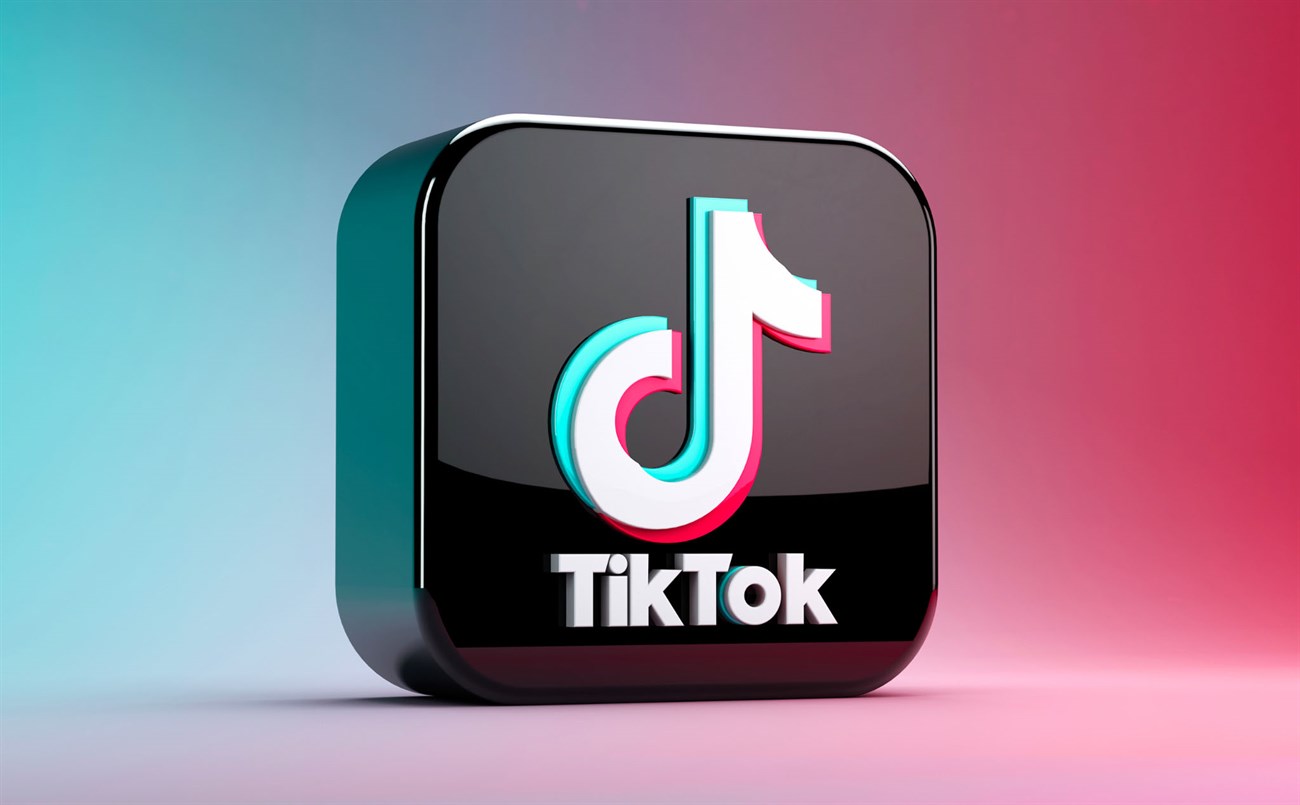In July of 2021, TikTok surpassed three billion downloads. The social network has more than one billion active users every month. And among Generation Z in the United States, TikTok is currently more popular than Instagram.
In the past six months, Bitcoin’s (BTC) price has dropped by more than 70% from its all-time high north of $69,000 in 2021, which occurred in 2021. Market instability is to be anticipated, but if decentralised finance (DeFi) is to have a future, more people must embrace it. Numerous investors are discouraged by the general volatility and the pessimism of bitcoin. Fortunately, Generation Z members are not your usual investors.
Digitally savvy and financially literate
Finance on TikTok has gained sufficient popularity to warrant its portmanteau. The proliferation of finance-related material on the social network, dubbed FinTok, has been rapid. The #Crypto hashtag exploded in popularity last year, with 1,9 billion videos. Uploads tagged #NFT jumped by a mind-boggling 93,000%, further fueled by the general boom in NFT interest. Additionally, #StockTok videos gained 1.4 billion views.
The abundance of films on money management is not restricted to the cryptocurrency industry. The #PersonalFinance hashtag had over 4.4 billion views in 2014, with material ranging from taxes and budgeting to savings and debt. From the perspective of TikTok’s core consumers, Generation Z, this demonstrates that today’s youth have a voracious thirst for financial information. They want to drink it while listening to popular pop music and doing a viral dance.
Young adults also lead the adoption of digital assets. According to CNBC’s “Invest in You” study, 18- to 34-year-olds accounted for 15% of bitcoin investments, compared to 11% for 35- to 64-year-olds and 4% for those from 65. Problematically, a sizable portion of the 18-to-34-year-old population views crypto as a short-term investment: 21% of 18-to-34-year-olds view it as a 12-month plan.
Investments held by Young Americans. Source: CNBC
Unsurprisingly, Generation Z is embracing cryptocurrencies and educating themselves on money. According to Credit Suisse’s global investment returns yearbook, Generation Z will earn a third less than previous generations on standard stock and bond investments.
Bank of America’s December “OK Zoomer” research report stated that the COVID-19 epidemic will affect Generation Z’s career and financial prospects similarly to how the Great Recession affected millennials. Consequently, although most Generation Z don’t have much money to invest in cryptocurrency, they may do it in the future if they are as financially knowledgeable and investment-motivated as the statistics imply. And here is where DeFi’s potential resides.
Increasing trust in digital assets through open marketing
For the growth and health of the digital asset market, DeFi enterprises must engage the appropriate consumers in demographically-targeted methods.
Like DeFi promises to democratise banking, TikTok will likely democratise the investing process. What was previously a community restricted to Wall Street bankers and certified hedge fund managers is now available to the general public.
But if DeFi wants to maximise the prospects presented by the most popular social media site, it will need to improve its marketing. This necessitates clear and simple short-form films customised to the target demographic, making crypto not only accessible but also entertaining while being upfront about the hazards of investing.
Short videos perform well on TikTok but are primarily active at the top of the funnel. That is not always a negative aspect. Brands can warm up the Generation Z audience today so that in a few years when they have the financial means to invest, they are qualified, ready-to-convert leads.
This conversion-related content is required. Over the next several years, crypto firms must earn the audience’s trust, which is no easy task considering the recent volatility and negative attention the bear market has received.
DeFi companies must maintain transparency, differentiate themselves from TradFi businesses, and determine which types of video content will foster long-term, reliable connections with the younger generation. If crypto firms learn to speak their language now, the future for Bitcoin and other digital assets might be bright.
Read More: coinculture.com









 Bitcoin
Bitcoin  Ethereum
Ethereum  Tether
Tether  XRP
XRP  Solana
Solana  USDC
USDC  Dogecoin
Dogecoin  Cardano
Cardano  TRON
TRON  Lido Staked Ether
Lido Staked Ether  Wrapped Bitcoin
Wrapped Bitcoin  Toncoin
Toncoin  LEO Token
LEO Token  Chainlink
Chainlink  Stellar
Stellar  USDS
USDS  Wrapped stETH
Wrapped stETH  Sui
Sui  Avalanche
Avalanche  Shiba Inu
Shiba Inu  Hedera
Hedera  Litecoin
Litecoin  Polkadot
Polkadot  MANTRA
MANTRA  Bitcoin Cash
Bitcoin Cash  Bitget Token
Bitget Token  Ethena USDe
Ethena USDe  Binance Bridged USDT (BNB Smart Chain)
Binance Bridged USDT (BNB Smart Chain)  WETH
WETH  Pi Network
Pi Network  Wrapped eETH
Wrapped eETH  Hyperliquid
Hyperliquid  WhiteBIT Coin
WhiteBIT Coin  Monero
Monero  Uniswap
Uniswap  Aptos
Aptos  Dai
Dai  Pepe
Pepe  NEAR Protocol
NEAR Protocol  sUSDS
sUSDS  OKB
OKB  Coinbase Wrapped BTC
Coinbase Wrapped BTC  Tokenize Xchange
Tokenize Xchange  Gate
Gate  Cronos
Cronos  Mantle
Mantle  Ondo
Ondo  Ethereum Classic
Ethereum Classic